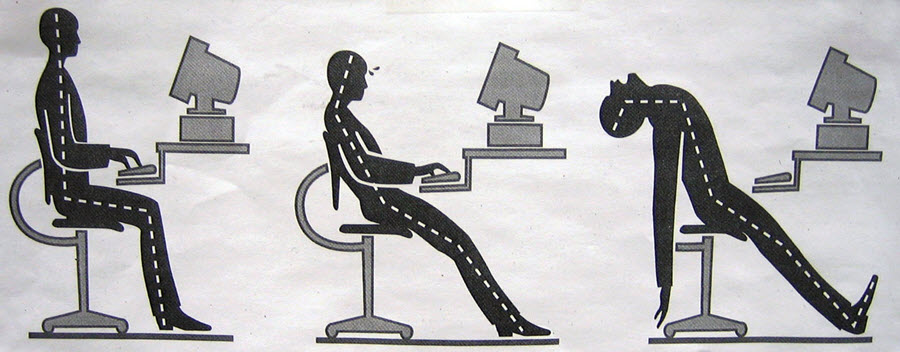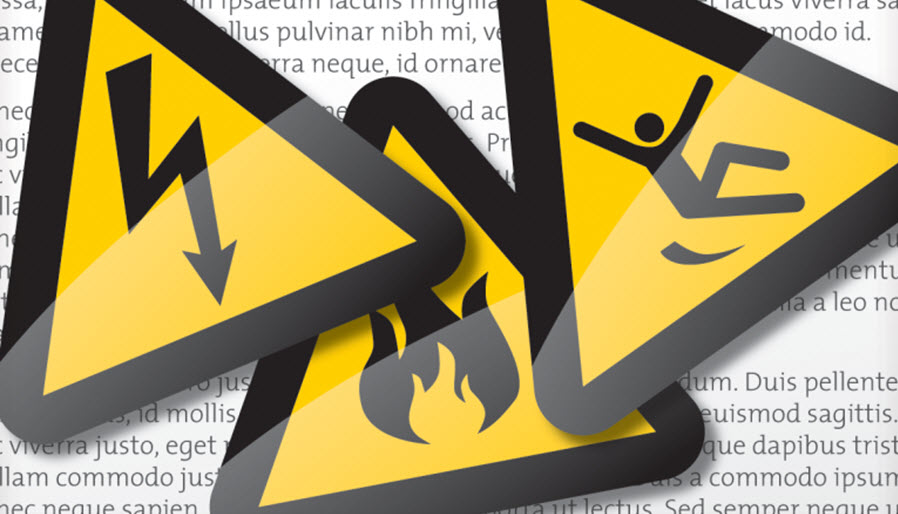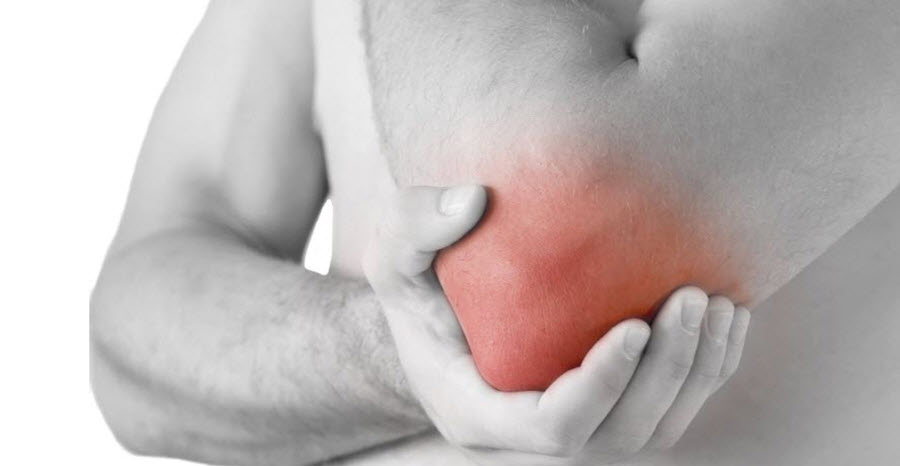27 May, 2014
Nearly every time we meet new people we are asked the question: what do ergonomists do? It is the ergonomist’s role is to study all aspects of the working situation and to fit the job to the human’s attributes. Ergonomists use information about people, for example, their size (height, weight etc.), their ability to handle…
22 May, 2014
Do you need to know how to use the revised NIOSH Equation to reduce manual lifting and lowering stress? The NIOSH lifting equation tool was developed to assess and evaluate the safety limits two-handed lifting tasks to assist employers in reducing the risk of lifting-related injuries. Designed by the National Institute for Occupational Safety and Health (NIOSH), the…
22 May, 2014
On 1 July 2005, the Victorian Occupational Health and Safety Act 2004 came into effect. The reforms to the Act are aimed to make WorkSafe a more constructive, accountable, transparent and effective regulator, and are the cornerstone of legislative and administrative measures to improve occupational health and safety. The Act is the outcome of a major review of…
22 May, 2014
Ergonomics professionals and human factors specialists are governed by the Human Factors and Ergonomics Society of Australia Inc (HFESA). Its purpose is to promote the principles and practice of ergonomics throughout the community. This is a great society to join if you’re interested in ergonomics, and want to get connected to occupational health and safety…
22 May, 2014
Resources listed on this page will be generally useful to people examining ergonomics problems. People who have responsibility for safety, and for applying ergonomic solutions, will also benefit. Victorian Code of Practice (Manual Handling) 2000: available on the Victorian WorkCover Authority website. This most practical Code contains a quantity of useful information (including numerical analysis and…
22 May, 2014
Codes of Practice (safety) are issued by Australian state and federal government agencies to advise employers and employees of acceptable ways of achieving compliance with occupational health and safety legislation. They are usually designed to be used in addition to statutes and regulations but can also be incorporated into legislation. One very useful application is…
22 May, 2014
Current Australian workplace legislation and guidance: Australia-wide legislation: the Australasian Legal Information Institute or Lawlex are good.The Federal Register of Legislation site also has State and territorial legislation. Findlaw is a general resource on legal advice, finding lawyers, legislation and case reports. Victorian laws led the way for much of Australia’s OH&S reforming legislation.This site has links to legislation, Codes and related…
22 May, 2014
Up to 50% of industrial injuries are thought to be attributed to cumulative trauma or overuse injury. These can range from troublesome annoyances, to severe debilitation. For office, building and site managers, there are a number of steps you can take to minimise repetitive strain injury within your workforce. Here are 14 tips for avoiding overuse…
22 May, 2014
Remote technologies and flexible working arrangements mean that more employees are working from home offices. But while the flexibility for employees is seen as a perk, as an employer, it’s your responsibility to make sure that home offices meet ergonomic safety standards. Here’s our top tips on how you can set up a safe and productive home…










